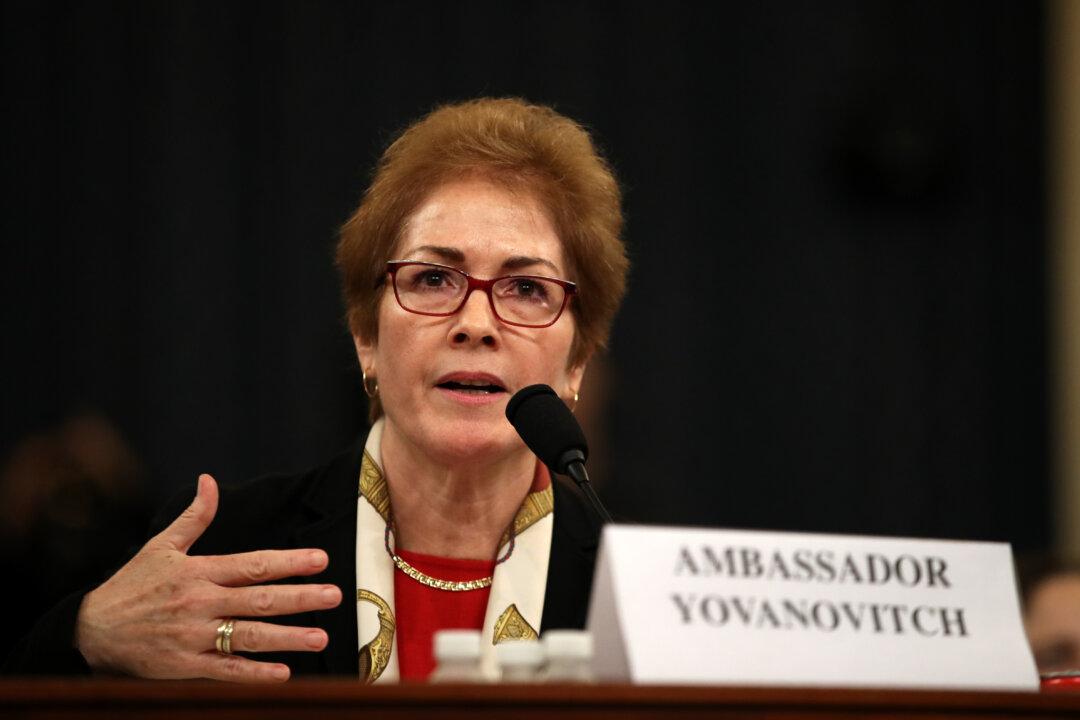A leading association of pharmaceutical companies has pledged to connect consumers with pricing information on TV drug advertisements, starting in the coming months.
But the Trump administration says this is too little, too late, and announced Oct. 15 that it plans to require drug companies to disclose drug list prices directly in ads.






